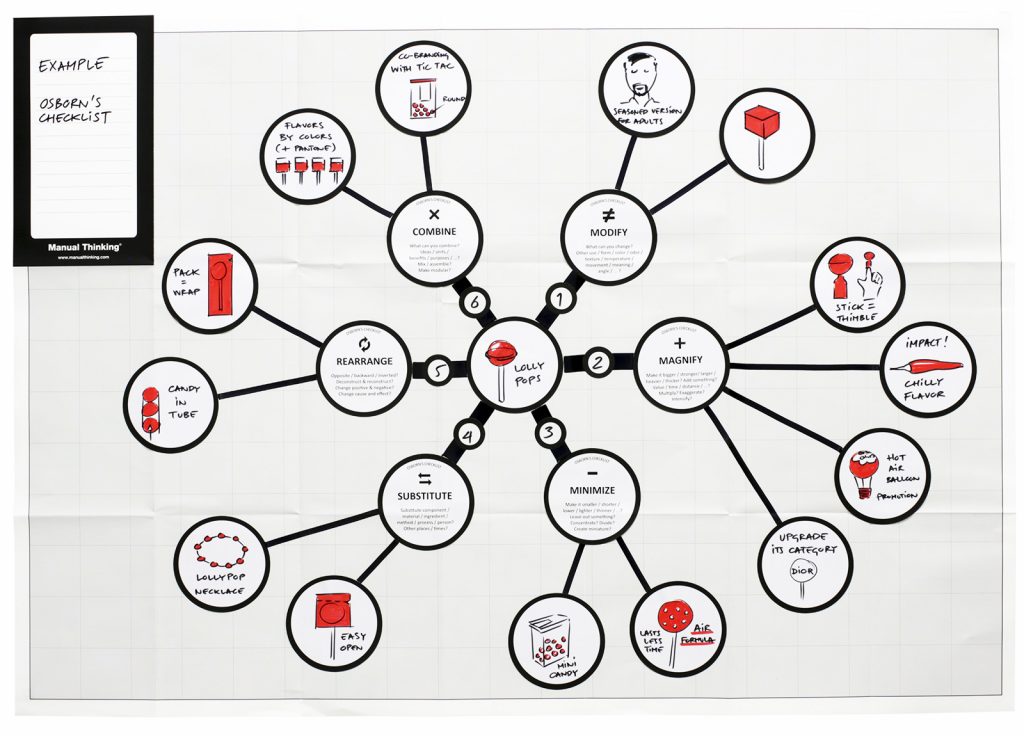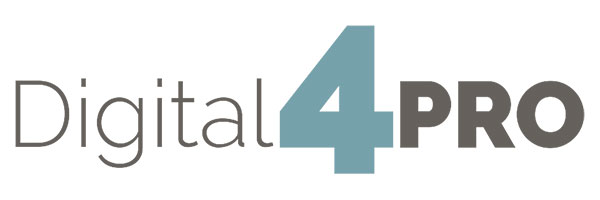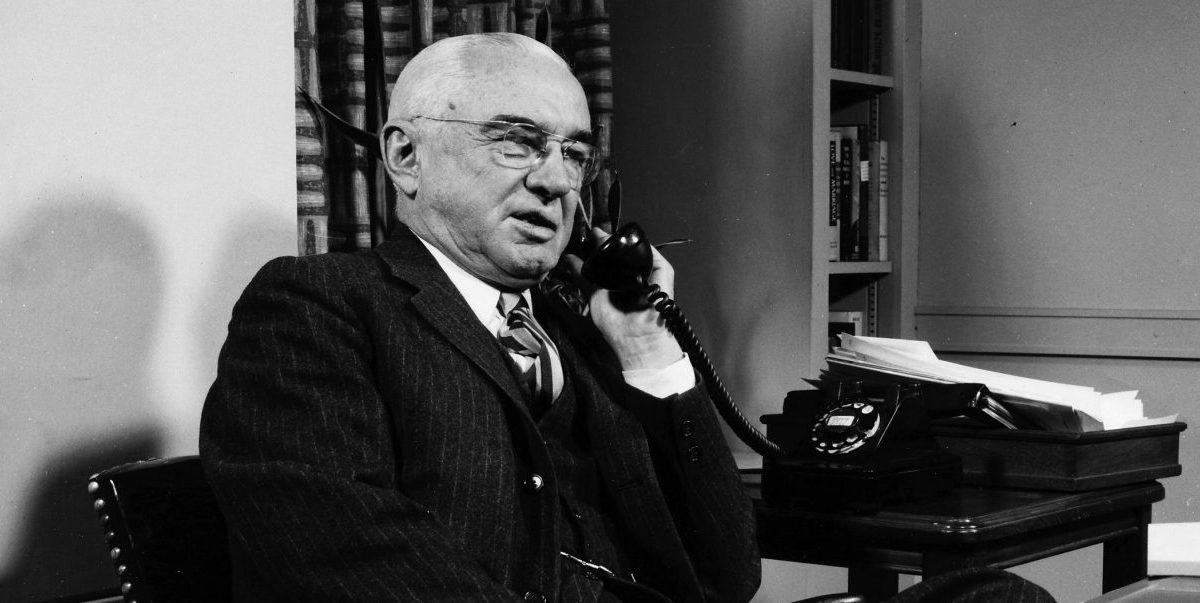- Mail:
- info@digital4pro.com
Osborn Method

Metodo Osborn
25 Febbraio 2020
Perché ha ancora senso interrogarsi sui modi di lavorare?
3 Marzo 2020The Osborn method or the Osborn technique from the list was created in 1953 by the advertising manager Alex Faickney Osborn, author of many texts and distinguished for the brainstorming technique.
The tool follows a systematic analysis approach, development of improvements and new problem solving. At the level of requirements, the Osborn method requires to be combined with creative-intuitive and analytical creativity methods such as brainstorming, in order to generate concrete solutions.
The Osborn method is particularly suitable for situations in which ideas or products already exist which, however, represent only conventional or unsatisfactory solutions. This is a typical situation for solutions generated with the brainstorming technique.
By offering to the subjects a questionnaire divided into 9 macro areas, the Osborn’s list serves to broaden the field of observation with a sequence of questions.. The following nine areas of the catalog contain the questions to be answered:
- Alternative uses: what other use can I use the product?
- Transfer: are there other ideas or problems similar to mine?
- Transformation: what can be changed? What attributes can be changed (color, sound, shape, smell…)?
- Enlargement: which product attribute can be added, enlarged, duplicated, multiplied or exaggerated?
- Delimitation: which product attribute can be eliminated, reduced, lightened, omitted or cut out?
- Replacement: what can be replaced (ingredients, materials, processes etc.)?
- Structure: can structure, sequence, order modified at cause and effect?
- Overturning: is it possible to overturn the idea? Propose the opposite?
- Combination: is it possible to combine or transform ideas?

Fig. 1 Manual Thinking – www.manualthinking.com
The method has the intrinsic advantage of clarifying the elements of the problem in analysis, certainly leading to an intensification in the generation and development of alternative solutions, for the improvement or development of new ideas.
Certainly it is a rather sparse and very generic structure but, precisely for this reason, it is a technique that can be used for anytype of company as long as the definition of the problem is precise, unambiguous and clearly communicated to the subjects involved.
Bibliography:
- Thinkertoys: A Handbook of Creative-thinking Techniques, Michael Michalko
- Applied Imagination, Alex Faickney Osborn
- Wake Up Your Mind: 101 ways to develop creativeness, Alex Faickney Osborn
- A Short Course in Advertising, Alex Faickney Osborn
- Your Creative Power, Alex Faickney Osborn
- How to “Think Up”, Alex Faickney Osborn




